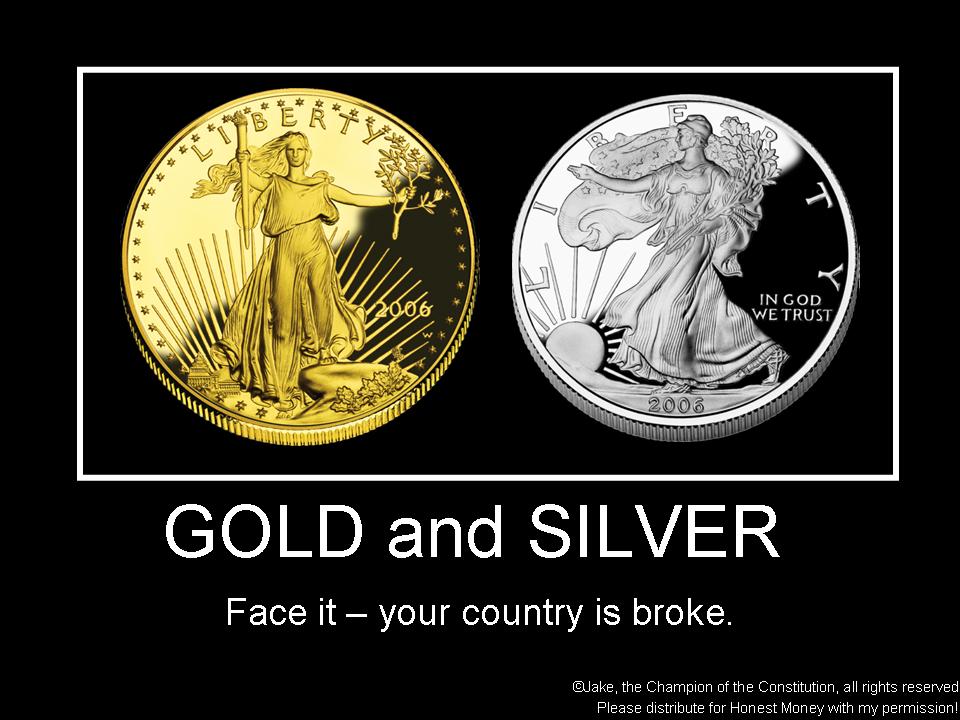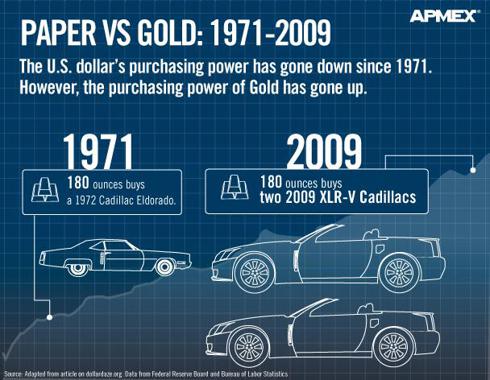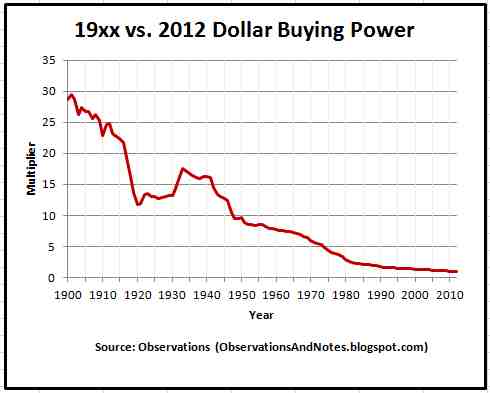BTW, here's morningstar's analysis of that T Rowe fund just for ****s:
This fund's successful, longtime manager has left.
A manager departure at T. Rowe Price Health Sciences is a concern.
The fund's longtime manager, Kris Jenner, and two experienced analysts left T. Rowe Price effective Feb. 15, 2013. Combined, the three departing members had research responsibilities for roughly 40% of the fund's assets, including stocks in the pharmaceutical, biotechnology, health-care services, and medical-technology industries.
Taymour Tamaddon, an analyst with the fund since 2004, has been promoted to manager, and he intends to stick with the fund's process. Tamaddon has covered stocks in the life-sciences and hospital-supply industries. He has been responsible for roughly 13% of the fund's assets, second only to Jenner, who oversaw 20% of assets. Tamaddon has also contributed to the firm's analyst-run fund for the past eight years.
Tamaddon has experience working with Jenner, though he inherits a team that requires additional staffing. He plans to hire three new analysts, though it could take time to find the right fit. He'll continue relying on five global health-care analysts who have been at T. Rowe for an average of roughly two and half years but have prior investment experience elsewhere. Still, the departure of three key team members is a huge loss for the fund, and it means analyst coverage responsibilities will shift.
There are some cases in which the current analyst team may find it relatively easy to adopt new coverage. For example, the analyst picking up coverage of Catamaran Corp CTRX, the fund's second-largest name, has past experience with it. But Jenner's departure is still a significant blow to the team, particularly given his experience in biotechnology, a highly specialized industry and historically a big part of the fund. The fund's low-turnover approach may buy more time for the current team to adjust while staying true to a process that delivered strong results under Jenner.
However, it's unclear how well Tamaddon will execute the fund's process with a reduced team, so the former Gold-rated fund is now rated Neutral.
Process Pillar:Neutral
This fund's new skipper, Taymour Tamaddon, doesn't plan to shake up a process that has historically succeeded. Tamaddon retains five dedicated analysts and has access to T. Rowe Price's broader team, though the departure of longtime manager Kris Jenner and two analysts still strikes a blow to the fund.
Jenner, who departed T. Rowe Price on Feb. 15, 2013, had employed a more aggressive approach than his typical rival. He invested across the health-care landscape, though most of his competitors have been more broadly diversified. Jenner favored biotech stocks to a greater extent than most rivals. He also favored smaller names than the competition, reflecting his belief that such names feature better growth prospects. Jenner built positions incrementally and kept turnover low, holding stocks for an average of more than four years. For example, Jenner held Gilead Sciences GILD as it grew from a small- to large-cap stock and became a top-three holding.
The portfolio's smaller-cap bent and relatively pricey portfolio has made the fund vulnerable in downturns. The fund has mitigated some single-stock risk by avoiding heavy concentration in its largest holdings. Deep research and a long time horizon gave Jenner the conviction to stick with his picks in adverse environments. Time will tell how well Tamaddon, who worked alongside Jenner for more than nine years, executes this fund's process.
The fund stands out from its peers in a number of notable respects. Former manager Kris Jenner believed smaller health-care firms enjoy the best growth prospects. Aside from drug giants Merck MRK and Amgen AMGN, the portfolio is headlined by lesser-knowns like Renegeron Pharmaceuticals REGN, a top-10 holding. Overall, the fund's $7.2 billion average market cap clocks in well below the $18.1 billion category norm.
The fund has favored therapeutic firms with innovative treatments or technology, especially in biotech. Indeed, the industry accounts for 35% of the fund's assets. (Reflecting Jenner's preference for smaller firms, drug-manufacturer stocks make up 21% of the fund, less than the category average.) That said, through the years Jenner broadened the portfolio to invest across the health-care sector. And he targeted firms that can cut health-care costs, such as managed-care provider United Health Group UNH.
Jenner's portfolio was much more growth-oriented than the competition. It recently traded at 18.9 times price/prospective earnings, versus 16.9 for the health-care average. Its holdings have grown at far higher rates than the norm as well.
Performance Pillar:Neutral | Flynn Murphy 02/21/2013
This fund has been an outstanding long-term performer, though the departure of its longtime manager and two experienced analysts damp the significance of past returns.
From former manager Kris Jenner's January 2000 start through his Feb. 15, 2013, departure, the fund returned 11.7% annually, versus 7.8% for the average health-care fund. Performance had been consistent, too. The fund finished ahead of its rivals in all of the 122 rolling three-year periods over Jenner's tenure.
That isn't to say the fund has offered a smooth ride. Thanks to its smaller-cap, growth-oriented bent and relatively heavy biotech weighting, the fund's standard deviation (a measure of volatility) has been well above the category average. While health-care funds tend to hold up well in rough markets, that typically hasn't been the case here. In 2008's bear market, for example, the fund fell 29% versus 23% for the group norm. Overall, the fund has suffered 111% of its typical peer's losses in down markets. Jenner had been more than able to make up for lost ground. In the 2009 rally, the fund rose 32%, beating its average rival by 10 percentage points. Winners such as Regeneron REGN fueled its 32% gain in 2012, about 10 percentage points above the category norm. While new manager Taymour Tamaddon has contributed to the fund as an analyst since 2004, it will take time to assess how well the fund fares on his watch.
People Pillar:Neutral
This fund's longtime lead manager, Kris Jenner, left T. Rowe Price on Feb. 15, 2013, with veteran analysts Mark Bussard and Graham McPhail in tow. The three had been responsible for managing roughly 40% of the fund's assets, spread across the pharmaceutical, biotechnology, health-care services, and medical-technology industries, among others.
Taymour Tamaddon, who has worked as an analyst on the fund since 2004, will succeed Jenner as the fund's lead manager. As an analyst, Tamaddon had been responsible for roughly 20 stocks comprising 13% of the fund's assets. He also has contributed health-care ideas to the firm's analyst research fund, T. Rowe Price Capital Opportunity PRCOX, during the past eight years. Tamaddon will continue covering life sciences, ophthalmology, and hospital-supply companies, though he's bringing an associate analyst on board to assist with research.
Tamaddon will continue working with the fund's remaining five global analysts, two of whom are based in Baltimore, two in London, and one in Hong Kong. Four of the five have joined the firm since 2010, though all have previous investment experience. Tamaddon expects to hire an additional three analysts, though he plans to be patient to make sure he finds the right fit. It remains to be seen how well the team will adjust to the departure of Jenner and the two analysts.
Parent Pillar

ositive | Katie Rushkewicz Reichart, CFA 12/18/2012
T. Rowe Price has made a name for itself by putting investors' interests first, maintaining a disciplined investment process, and consistently turning in peer-beating performances. The firm's sturdiness stems from its ability to attract and retain top talent. Professionals often spend their entire careers at the firm, and many of T. Rowe's top executives have come up through the ranks, including CEO James Kennedy and CIO Brian Rogers. Unsurprisingly, T. Rowe Price's manager tenure and retention rates rank well above industry norms, and analyst retention has been good, too. When a manager change does occur, it's typically because of a preannounced retirement, allowing for a months-long transition period. Managers write detailed shareholder letters, T. Rowe's website is exemplary, and manager ownership of fund shares is decent.
Security selection, based on the firm's in-house fundamental analysis, drives the funds' strategies and performance, which has proved remarkably good across the board with strong fixed-income and equity offerings that are often less volatile than peers. However, T. Rowe still hasn't established itself as a powerhouse on the international side following its decade-long build-out of a global team. Meanwhile, the huge asset bases of its small-cap funds bear watching. Overall, though, T. Rowe has kept investors' interests in mind.
Price Pillar

ositive
This fund is a relative bargain. In 2011, it levied a 0.82% expense ratio, far below the 1.19% median for no-load sector funds. As such, the fund has a large price advantage over the competition.









